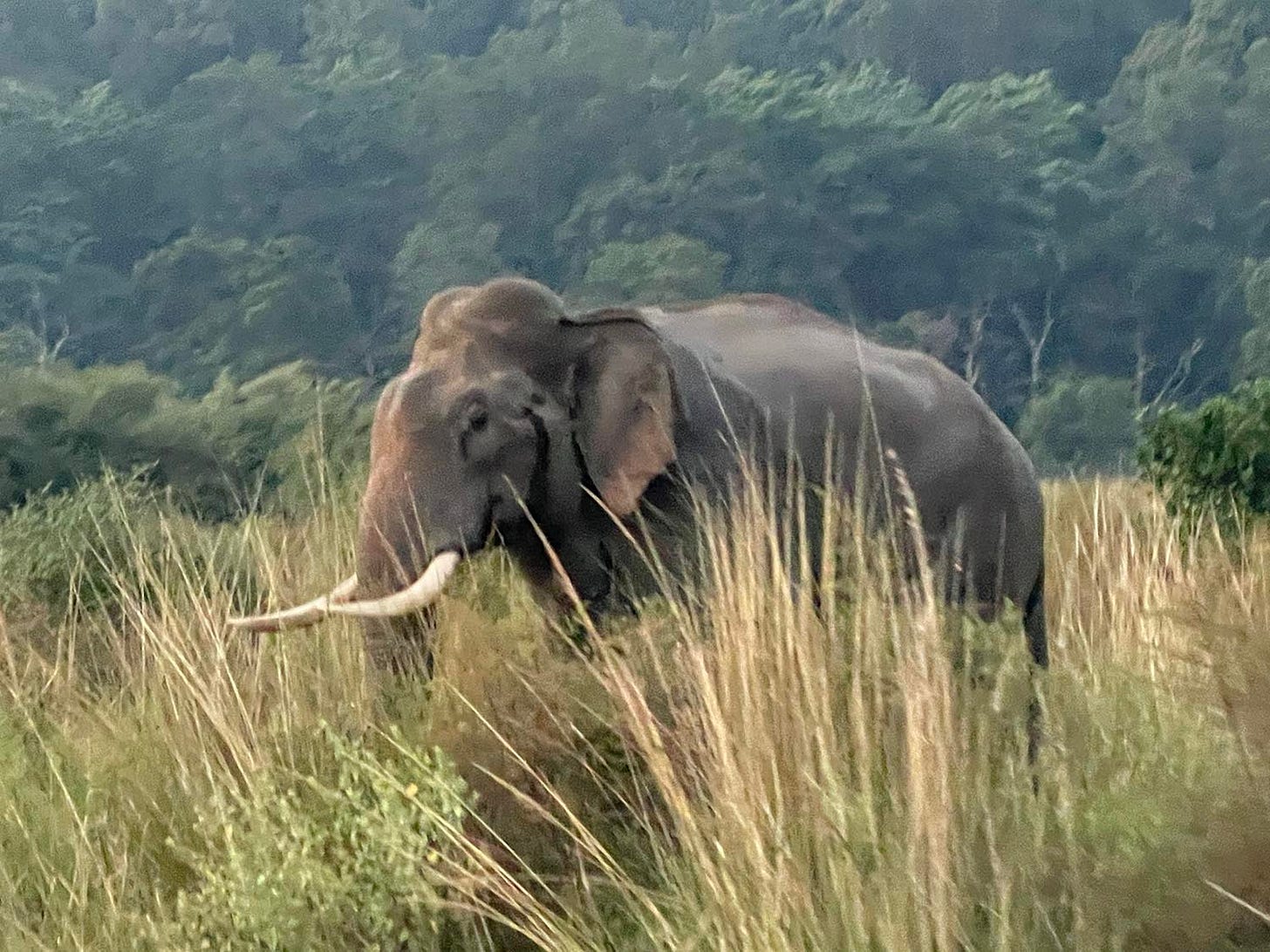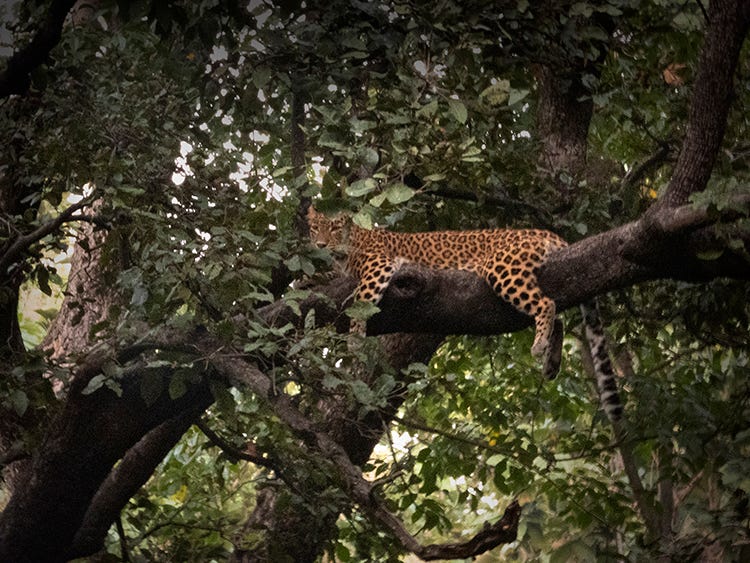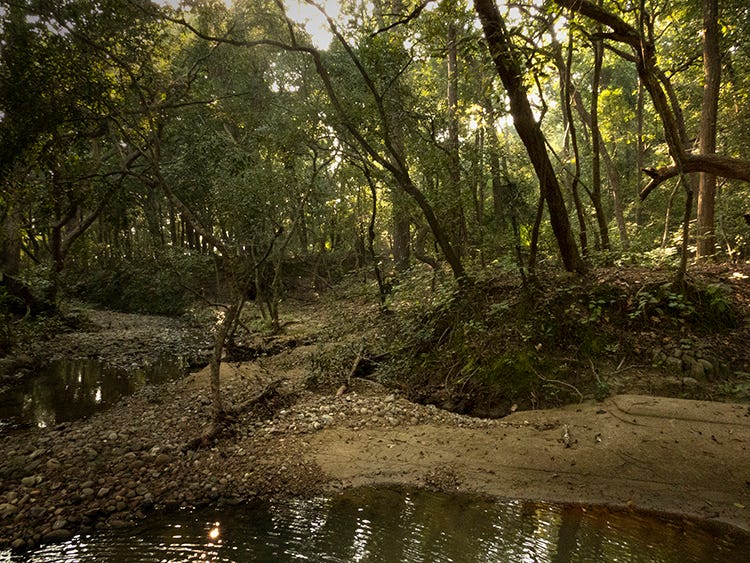FC 116 elicited a few comments, and I am grateful to the readers for making an effort to share their views.
Santosh Sreedharan says: “Dear Sir, thank you so much for these wonderful posts, I’ve been enjoying every one of them. This is just to wish you and family a very Happy Deepavali!”
Nisha says: “Could dabbawalas also be earning much less these days because of the variety of food available via Zomato, Swiggy and others? Or is it that the home-maker is no longer available to prepare the dabba any longer? Or is it the microwave lunch boxes out in the market make them unnecessary?”
Tarun Kunzru says: “Things change – eating habits, cooking habits, other, new logistic methods etc. So while the Dabbawalas will always be part of our glorious evolution, reality is that their time has passed. They should have their own decentralised kitchens and cater to customers in a ‘hub spoke’ model. This could be to home or office.”
Prabha Prasad says: “The word tiffin box unfailingly reminds me of the little stainless steel tiffin carrier (with the handle) that we used to carry when we were in school. So much joy sitting on a parapet wall with friends & sharing the delicacies!”
Karthik says: “A very thoughtful topic. Apart from all that is mentioned, the dabbawalas are also very commonly mentioned in Six Sigma case studies. They have been very closely tracked as a project and have achieved an error rate equivalent to six sigma, i.e. their accuracy is 99.99966%. Come to think of it, this is a phenomenal achievement! Imagine a pure vegetarian waiting for his wife's dhoklas but gets mutton kheema balls instead!! This pinpoint accuracy rate is what has made the dabbawalas so popular and left Six Sigma practitioners in awe.”
Ganesh Shenoy says: “We doff our hats to the innumerable women and perhaps some men too who pack tiffin for their spouses and children day after day. The kind of advance planning and execution required to pack the tiffins is indeed admirable, and it is no less than the dabbawalas. God bless all of them.”
🐅🐘 Safari
Saturday, 29th October: I got back to Delhi from Jim Corbett National Park, which is about an hour’s drive from Pant Nagar airport. We left Bangalore on the 25th — we saved a lot of time flying to Pant Nagar from Bangalore. Of course, there was a flight changeover in Delhi. You can imagine the time pressure on me to post this on the 29th night while still in transit.
The Corbett National Park was a great experience. If you haven’t been there, you must include it in your bucket list. You can have a preview by clicking on this link: https://uttarakhandtourism.gov.in/destination/corbett-national-park
The morning safari and the night safari were experiences of a different kind. The jungle too feels and looks different. The sounds that are heard in the morning are different from the sporadic sounds of the jungle at night.
Apparently, the ‘sightings’ are not often in times when the interior reservoirs are full of water following good rains early on. I found it rather interesting that the word ‘sighting’ is more about spotting a tiger than other animals. Oxford defines ‘sighting’ as an instance of seeing or catching sight of something, typically something unusual or rare, like a UFO. Perhaps in the jungle parlance, the acronym UFO means ‘unusual forest occurrence’? On her first Corbett safari, my granddaughter was lucky to sight a Tiger, and she got a good picture with her Nikon camera too.
‘Call’ is another word that creates a lot of buzz in the jungle. ‘Movement’ too has a different connotation. Apparently, the monkeys and the deer let out a warning sound as they see a predator like the tiger or the cheetah moving about. The forest guide, who is also a naturalist, interprets it as a sign of an impending sighting. Last evening, we were out on another safari to the Jhirna sector of the Corbett forest. After a lot of back and forth, we waited at one spot in deathly silence until we heard a call — but then no sighting happened. In this cell phone era, even the animals have learnt to give‘ missed calls’!
On our way back, as we rode in the safari jeep feeling disappointed at having to return ‘empty sighted’ (my own equivalent of empty-handed), there was some commotion ahead of us. Suddenly from out of the thicket had emerged a thickset elephant, a tusker. The excitement of seeing him dispelled the disappointment and my, my, what a show-off he was! He walked right in the middle of the road and gave us a great photo-op. I was told that the Asian male elephant has tusks but not the females, though in Africa both male and female have tusks — no gender discrimination there! By the way, dear readers, please rewind to FC # 004 to read some more about elephants using this link: Filter Coffee #004 - by M R Prasanna
On our next Safari we could not sight the tiger, but we did sight a leopard lounging on a tree branch quite enjoying the attention it was getting from all the gaping guys. We also saw, from a distance, a herd of elephants. The mama elephant was teaching the baby elephant on how to stretch its trunk and yank down a fruit bearing branch.
The other attraction of this jungle was the proliferation of a kind of tree called Sal. Its botanical name is Shorea Robusta, and it is native to India and Bangladesh. Its fruit pulp is edible. It contains sugar, gum, citric and tartaric acid. The Sal has medicinal qualities and is used in ayurveda and also veterinary medicine. They grow up to 50 M and their trunks can be as much as 5 M in diameter. They stand for many years. Sal in Hindi language means ‘a year’ and as if it to emphasise on the lasting life of Sal, locals say “Sau saal khada, sau saal Pada aur sau saal sada” meaning, Sal stands for 100 years, when fallen, lies for 100 years, and it decays over 100 years.
There are jungles, jungles and jungles. You cannot compare one with the other. Corbett has its own character. The drive through the jungle transposes you into a different world, almost surreal with its thick forest, many water streams and many winding paths. Kabini, Kanha and other jungles have their own unique character and cannot be compared with Corbett or with any other jungle experience.
The hill town of Nainital was just about 60 Kms from Corbett. But we were not too keen to go there after hearing about its degradation into an overcrowded and overdeveloped tourist resort, with restrictions on movement of vehicles. It was on our bucket list mainly because of the scenic view of the ‘tal’, meaning the lake, but we decided to take it off the list, at least for now.
Talking of Safari, one cannot but associate it with ‘safari suit’. As I grew up, I realised that the word ‘safari suit’ was a bespoke product. From politicians to academicians to government officers, everyone wore ‘safari suits’ in colours ranging from white to grey. Dark-coloured safari suits weren’t that popular. I remember going to Nepal in 1979 for a conference. Almost everyone was talking about safari suits made of imported cloth being stitched to size in one day by the local tailors attached to the shop from where one bought the cloth. Most preferred different shades of grey. The price of a safari suit length, at that time, was Rs.300 and the stitching charge was a princely sum of Rs.100. There was an attempt to persuade me to get one stitched as well, but I declined, convinced that I would look ridiculous in it.
It is believed that Yves Saint Laurent designed the safari suit in 1967 which gradually became a rage in some African countries, where it is still very popular, even in 2022, as you see from this link: https://eucarlwears.com/safari-suit-styles-for-men/
Safari is derived from the word ‘safar’ meaning journey. Safari is also now the name of a browser and among a thousand other things, it has plenty of information about the safari of the jungle kind. The specially tailored suit with various pockets for diverse purposes is the safari suit meant to be worn when going on a jungle safari. When I wondered as to why men wear this kind of suit meant for jungles, I realised that it was perhaps because we are all living in a concrete jungle.
I must confess to writing this post under time pressure given the travel and the other related activities. In fact, I am writing this sitting in my hotel room in ‘The Connaught’ run by the Taj Group. It is a nice hotel centrally located in Connaught Place, New Delhi.
Take care! A COVID variant is on the prowl in our own concrete jungle. Here’s a one-liner to end this post:
Q: Why should you not play poker in the jungle? A: ‘Cos, it is full of Cheetahs.








Great post
Fashionandstylez.com.ng
A virtual tour of the Corbett national park.. 👍😏🙌.. interspersed with many an ‘insight’ful expressions, coinage of words…. Viz.,’sight’ings,UFO, ‘call’ing, missed calls,empty sighted, and not to miss the pun on ‘safar’i, safari suits… 👏😀… simply loved the ‘read’… dear Pras👍
Lastly, ur ‘signing off’ too is loaded , what with your caution about the next covid variant ‘on the prowl’..!! AND … you have ‘bridge’d well
With your ‘one liner’ Q on ‘poker and the ‘cheetahs’🤩…
Filter coffee ‘reads’ getting as ‘addictive’ as the drink itself… however served, it is always a ‘delight’😇